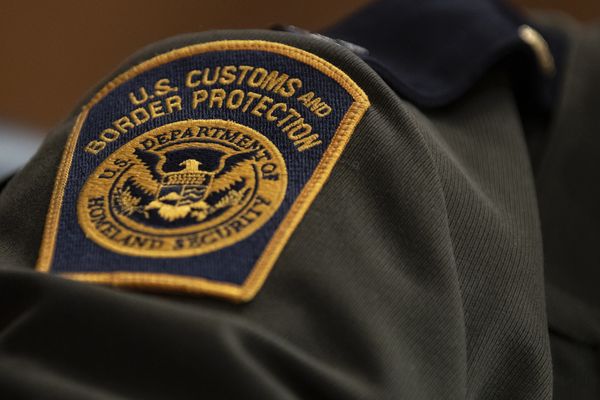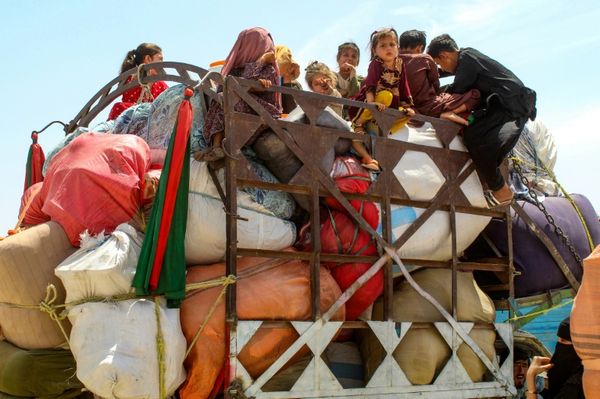
Chef Pip Sumbak is running on empty.
It’s been almost a week since Sumbak, along with fellow chef Wal Foster, devised a simple way to help flood victims in the New South Wales northern rivers.
In the small kitchen of Byron Bay’s Bay Grocer, the pair decided to cook curry.
The idea was to get what little food they could to those left stranded by the rising waters. Carried by a wave of community sentiment, it quickly morphed into a gargantuan food relief operation, involving much of Byron Bay’s hospitality sector.
Sumbak and Foster suddenly and without training found themselves leaders of a makeshift emergency response, forced to move to the much larger Bangalow Moller Pavillion to facilitate the operation’s scale.
Adrenaline twisted time into a blur.
Sumbak, who usually cooks for Byron restaurant Pip’s Plate, wakes up barely recalling what happened the day prior.
“I don’t even know what day it is,” she tells Guardian Australia from the pavilion.
The volunteers estimate they have cooked a staggering 60,000 meals for flood victims, aided by $170,000 in donations and the participation of countless other businesses.
They initially hoped to raise just $500.
Food has been delivered by jet ski, dinghy, and private helicopter.
They’ve fed people stranded on rooftops. Some hadn’t eaten for four days when the deliveries arrived.

But now, like many who have selflessly stepped in to bridge the gaps in the government’s emergency response, they are ready to hand over.
The presence of government, emergency services and the Australian defence force in the northern rivers is growing steadily, and the volunteers recognise it is time to let the professionals take over.
The problem is, there’s still no sign anyone from government will step in to provide food relief, which is still sorely needed.
“We are really exhausted, we haven’t stopped. The community has come together and no one’s stopped,” Sumbak says.
“We’ve had no one tell us they’re taking care of this, food wise. There’s no official government service being offered. It seems so strange.”
The sentiment is not uncommon.
Frustration with the official government response has simmered in the Northern Rivers. There is a perception that, even now, not enough help is on hand for what is a mammoth recovery effort.
The prime minister Scott Morrison on Monday said about 2,000 ADF personnel were now in the disaster zone, including 637 in NSW and 1,458 in Queensland.
That is planned to more than double to 5,000 in coming days.
“We know more support will be required, especially in Lismore and surrounding districts, where flood levels are reported to have peaked above all known records,” Morrison said. “In Lismore, it is not just a flood event, it is a catastrophic event.”
Maj Gen David Thomae, the commander of the flood assistance operation, said defence personnel had already carried out 113 flood rescues and 79 helicopter missions.
“We have done all we can with the conditions we have been faced with,” he said on Monday. “I’m very sorry for all of those people who have felt they haven’t been supported. I empathise completely with their plight. The scale of devastation has been extraordinary.”
The defence minister Peter Dutton said on Sunday he would not tolerate criticism of the defence force’s response.

Among those questioning the speed and scale of the ADF response are local helicopter pilots, which formed a group out of the Rotorwing hangar last Monday.
They have volunteered their time, coordinating at least 200 rescue and airdrop missions to deliver food, medicines and petrol to about 5,000 people living in cut-off homes over a large area of north-east NSW.
On Sunday, Roger Mohr of V2 Helicopters was in the air, one of 14 volunteer civilian helicopters forming part of the volunteer group.
“There’s just so many civilian choppers up here, it’s a shame I haven’t come across the ADF up here,” he told the Guardian.







